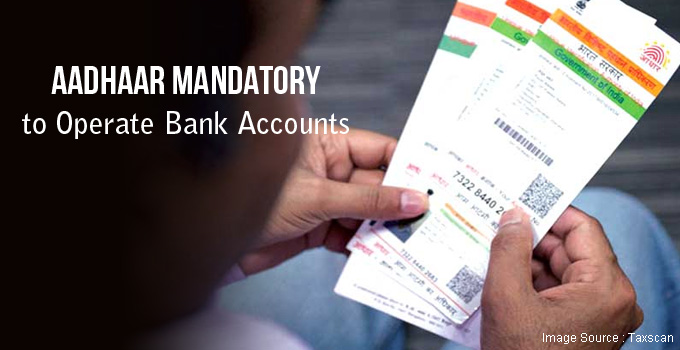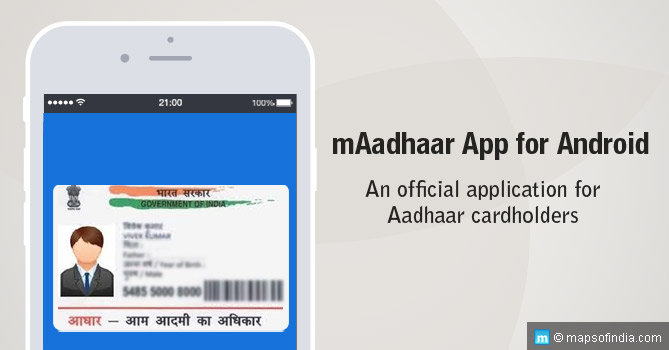In another move to make the 12 digit Aadhaar (issued by UDAI – Unique Identification Authority of India) mandatory for all Indian citizens, the government of India announced on Friday 16 June, 2017, that all bank accounts must now be linked to the holder’s Aadhaar unique identification number. As a first move in the direction, all prospective customers will now need to produce their Aadhaar card to open a new account. Apart from this, all bank transactions of value INR 50,000 and above will require the account to be linked with the Aadhaar. The Aadhaar had previously been made mandatory for a number of important government schemes including the mid-day meal scheme.
AADHAAR Seeding For Bank Accounts
Existing bank account holders will also need to furnish their Aadhaar details. This seeding of the UID will need to be completed by 31 December, 2017. Any customer failing to furnish his/her Aadhaar details by then will not be able to access the account.
“Provided that in case client already having an account based relationship with reporting entities prior to date of this notification fails to submit the Aadhaar number and Permanent Account Number by 31st December, 2017, the said account shall cease to be operational till the time the Aadhaar number and Permanent Account Number is submitted by the client”, said the government in a notification issued by the revenue department.
Most of the public and private banks are allowing customers to link their bank accounts and Aadhaar cards through their websites or through mobile applications. In case a customer does not have net banking access, he or she will be required to visit the branch with a copy of the Aadhaar card.
There seems to be a provision, however, for Indian citizens to open small value savings accounts without providing an Aadhaar card. These accounts will be opened only by select banks and shall be maintained for a period of 12 months. On completion of this term, account holders will have to furnish proof of Aadhaar application and later link the account.
High Value Transactions
Earlier this year, the government had introduced restrictions on high-value transactions. Post demonetization, a cash transaction limit of INR 3 lakh had been introduced which was reduced to INR 2 lakh by the amendments to the Finance Bill introduced in March this year. The change in regulations made it mandatory for all these high value cash transactions to quote the IT PAN number. Now in a change that is being considered rather drastic the Aadhaar has become necessary for all transactions over INR 50,000.
Curbs On Black Money
The Aadhar UID has attracted a lot of criticism over its lack of security. Despite staunch opposition the government has made Aadhaar seeding mandatory for filing income tax returns as well. The Supreme Court has recently upheld the government’s decision. It is now also mandatory when one wants to apply for permanent account numbers (PAN). This is one of the many measures the NDA government has undertaken over the past year with an intent to curb the menace of black money.
According to the government, a number of tax evaders have currently been using multiple PAN accounts to file tax returns and thus evade the IT dragnet. Linking the PAN and accounts with the unique ID number Aadhaar will prevent this from becoming commonplace.
Not only is the government insistent on linking financial records with the Aadhaar but has also made seeding mandatory for all telephone and mobile connections as well. Aadhaar seems all set to become the only touch point – the only necessary identification document necessary, provided the privacy loopholes are plugged.





